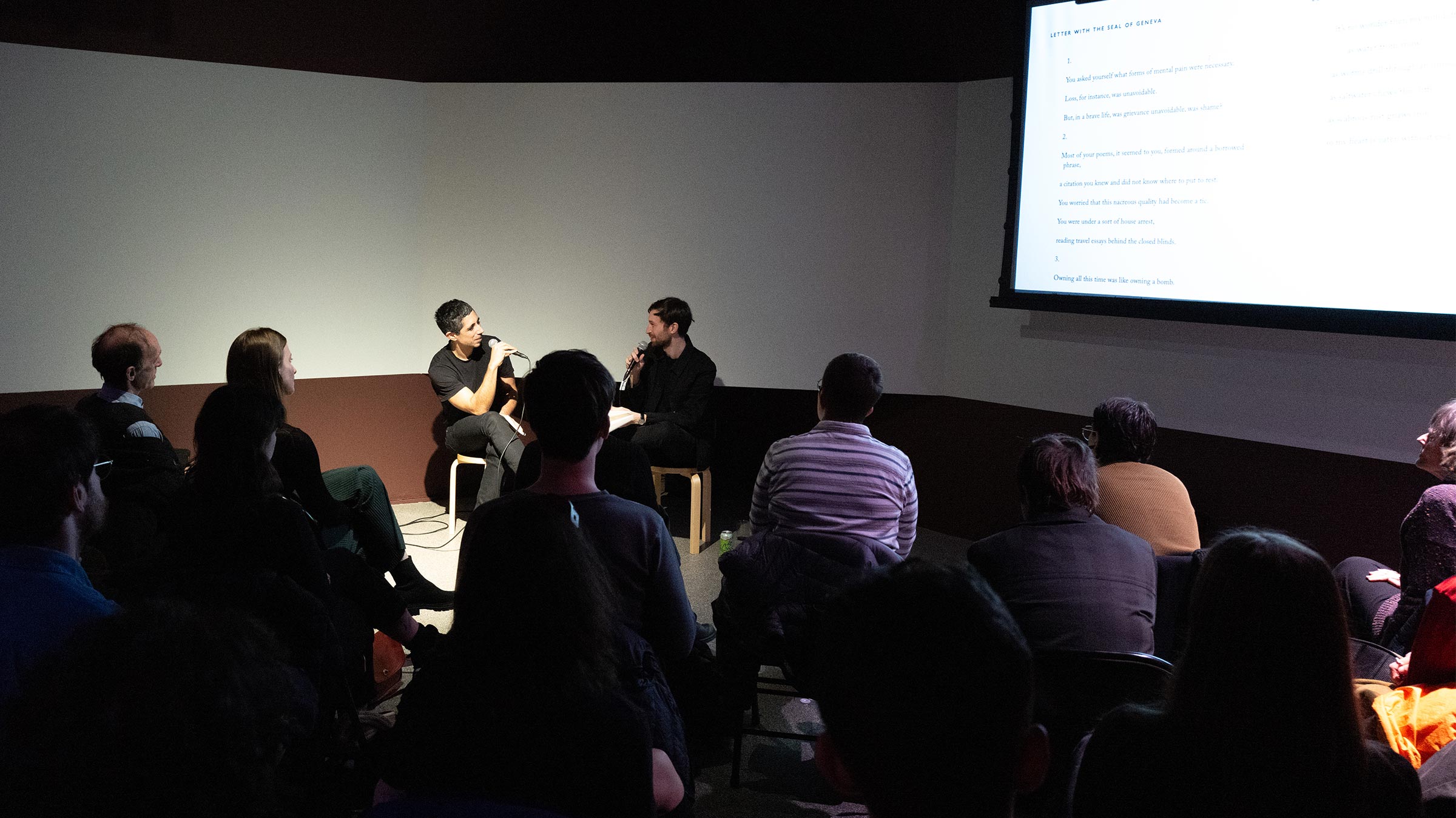In his first book, the psychoanalyst-in-training reimagines history’s many apocalypses through lost languages, letters from exile, and dead painters
Benjamin Franklin once said, “Our new Constitution is now established, everything seems to promise it will be durable; but, in this world, nothing is certain except death and taxes.” While initially in reference to the official formation of America’s government, this quote feels as though Franklin was, aptly, playing a bit of politics in neither confirming nor denying the strength of his country’s new federal system. An alternate translation: The Constitution stands today, but will it tomorrow? I can’t say—but I can say we will all die, and we will all pay money to support the state until we croak. Franklin was acutely aware that his own death was not only certain but imminent; he died just one year after his famous words in 1790, due to complications with pleurisy. The question then becomes: is a cavalier approach to the universal end productive? Does how we die matter, even though we all meet the same fate?
Eli Payne Mandel’s The Grid, published by Changes Press, is a collection of poems intimately focused on the many ways in which the world can end. Simultaneously alive and shattering, the book is structured into three long poems, each of which contain smaller pieces reliant on free association, rather than a linear poetic throughline. Strung together with Mandel’s own unique translations of niche academics (part one is a prosaic sequence dedicated to Alice Kober, the foremost scholar behind the ancient writing system Linear B) and classical texts (part three sees the author appropriate Ovid’s letters from exile), the book’s chewy center lies in part two. Called Screen Memory, this section does a specific kind of time traveling, showing how Mandel can just as romantically observe the modern goings on of metropolitan life in Overnight Train, as he can reimagine himself as Jacopo Bellini in Three Details from Bellini, painting Madonna and child during the Renaissance. Beyond reminiscing on the worlds of yore, The Grid unfolds time as a way to focus on the language that remained consistent across civilizations—linguistics are the ultimate grid, the lifeblood of the three parts, all in conversation with each other.
Mandel clarified this subtext during a talk last week at New York’s Swiss Institute. The event was in collaboration with Printed Matter, who hosted a conversation between the author and former Artforum editor in chief David Velasco. Mandel broached the apocalyptic nature of our present moment with care, probing the themes of his text in real life. “Letters of Last Resort came from the phrase that the United Kingdom used to refer to the handwritten letters that the Prime Minister writes to the nuclear submarine captains at the beginning of each [new] Prime Minister’s tenure,” says Mandel, referring to the development of part three’s concept. “They instruct submarine captains what to do, in the case of nuclear war, where they can’t reach England. In the case that England is obliterated, they have these letters that are sealed away, that tell them what to do. Something about that has haunted me and, in this moment when the world felt like it was accelerating, it felt like a march toward the end.”
It is impossible to think of beginnings and ends without evoking language. As renowned art theorist and critic Rosalind Krauss’s notes in her back cover review, “Grids hover. Non-directional. A buzz of light, not sound. Disembodied.” While traversing 4,000-some years of history, Mandel instead chooses to laser in on the mechanics of language through time, seeing the levity Krauss mentions through to the end. Death and taxes might be the only two certainties in life, but according to The Grid, it’s how and when you die that’s all the fun.





















